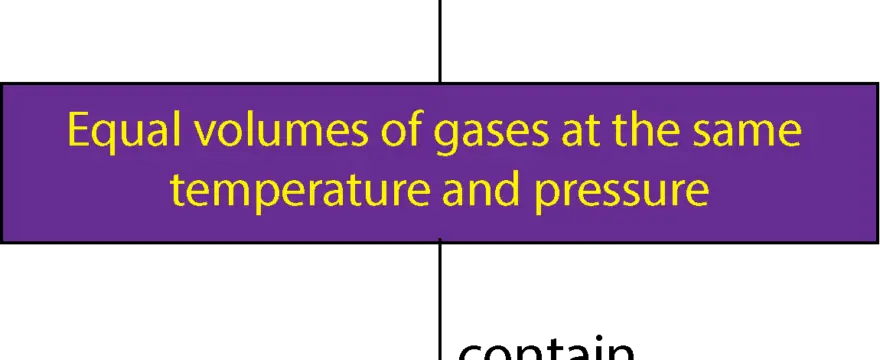In this video, you will learn how to solve the following problem:
If 6.00 L of N2 reacts at constant pressure of 4.00 atm and temperature of 25∘C, how much NH3 is produced in grams? Use the chemical equation below to help you calculate the answer
N2(g) + 3H2(g) –> 2NH3(g)
Also, here is how to solve it in text
- Use balanced equation to find volume f NH3 produced
From the balanced equation below, we know that 1 L of N2 reacts with 3L H2 to produce 2L of NH3
N2 + 3H2 –> 2NH3
when we interpret the coefficients in front of chemical in volume L, we get:
1L N2 + 3L H2 –> 2L NH3
Then it follows that 6.00L of N2 will produce 12.0L of NH3. We got 12.0 L by multiplying 6.00L by the mole ratio (2L/1 L N2) with respect to volume from the balanced equation. Here is the calculation
6.00LN2 x 2L/1L N2 = 12.00 L NH3
2. Next, we use the ideal gas equation to find moles of NH3
Ideal gas equation says that: PV = nRT. We will isolate moles (n) by dividing both sides of the equation by RT, once we do, we will get
PV/RT = n
Recall that P is pressure, V is volume, R is universal gas constant (0.0821 atmL/mol K), and T is temperature in Kelvin
From the question, T = 25 °C , we will convert the temperature to Kelvin by adding 273, so our new temperature in Kelvin will be = 25 +273 = 298K
Now, lets plug our values into the equation:
n = (4.00 atm x 12.00L)/(0.0821 atm L/mol K) x 298 K = 1.962 mol NH3
Recall that the forward slash (/) in the above calculation means division
3. Finally, we use molar mass of NH3 to convert moles of NH3 to grams of NH3
Recall that mass = moles x molar mass
Therefore, mass of NH3 = moles of NH3 x Molar mass NH3
Molar mass of NH3 using periodic table = (1 x 14.01 g/mol ) + (3 x 1.01 g/mol) = 17.04 g/mol
Hence mass of NH3 = 1.962 mol x 17.04 g/mol = 33.43 g. However, since the list number of significant figures in our calculation is 3, it follows answer in three significant figures is 33.4 g
To learn how to calculate the molar mass of a gas using ideal gas equation, click here
